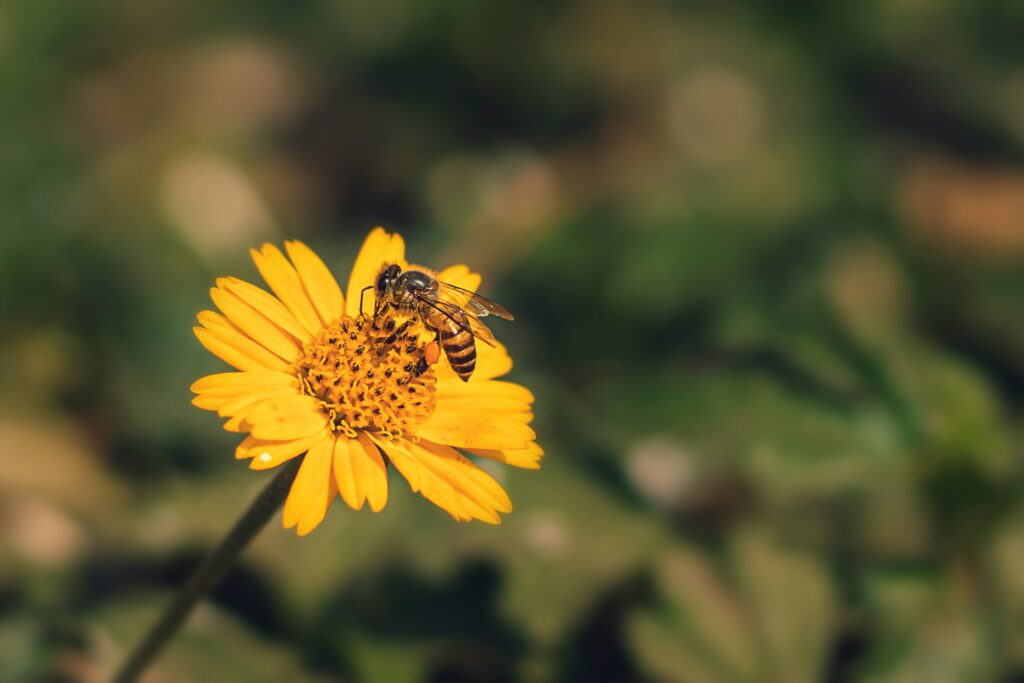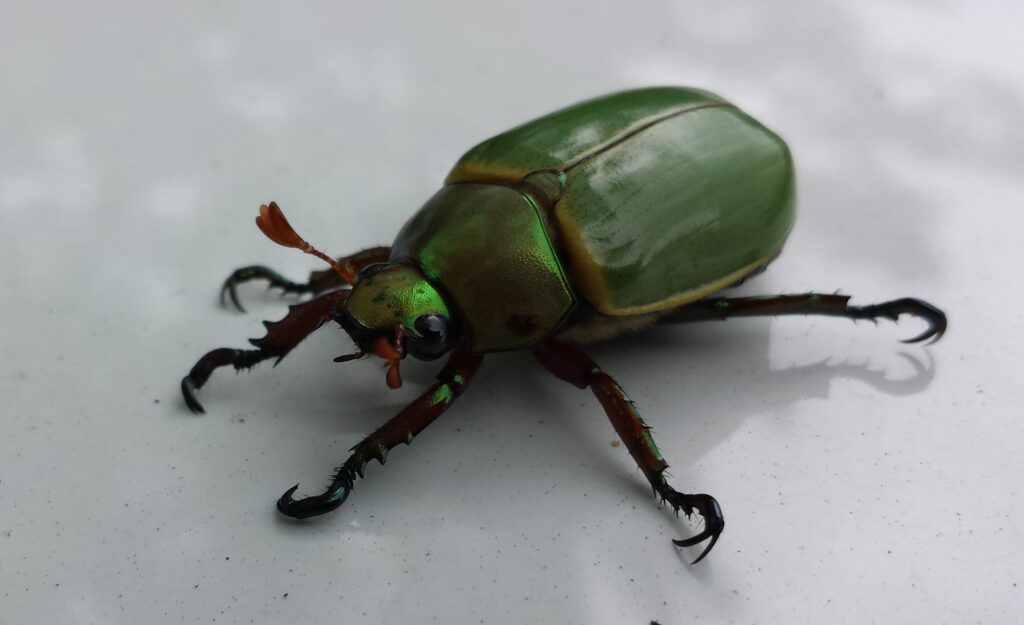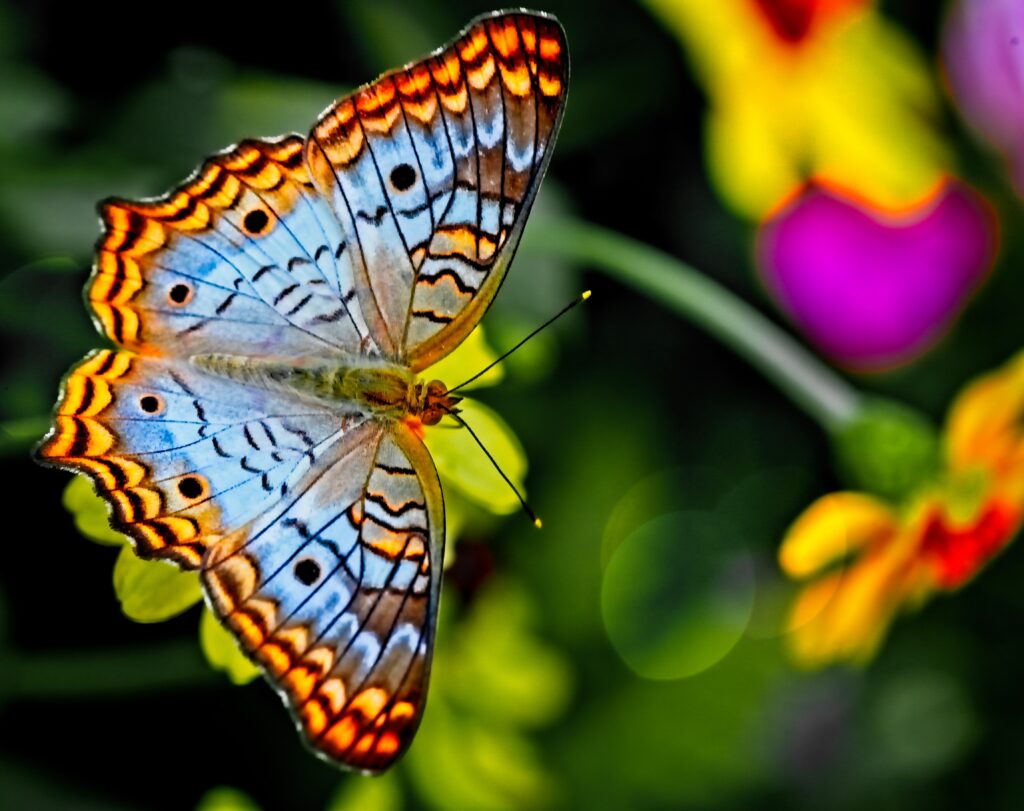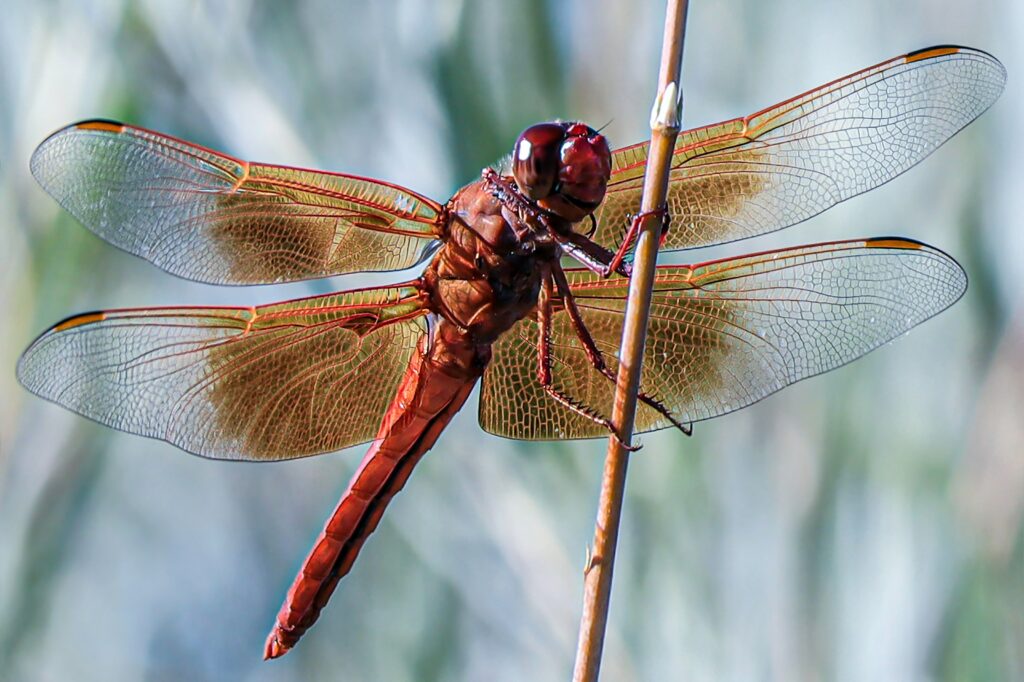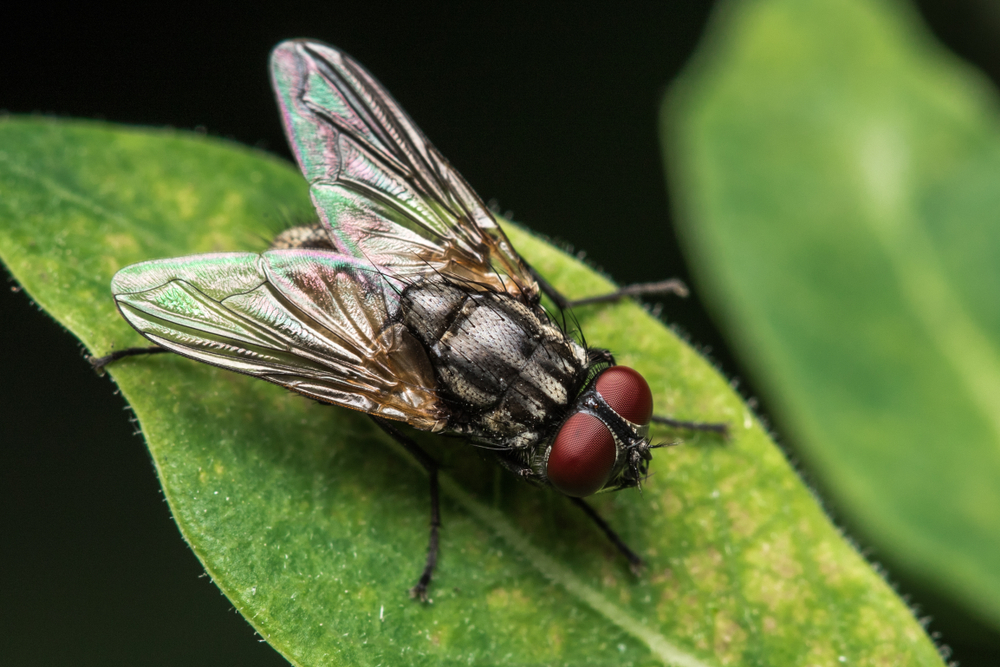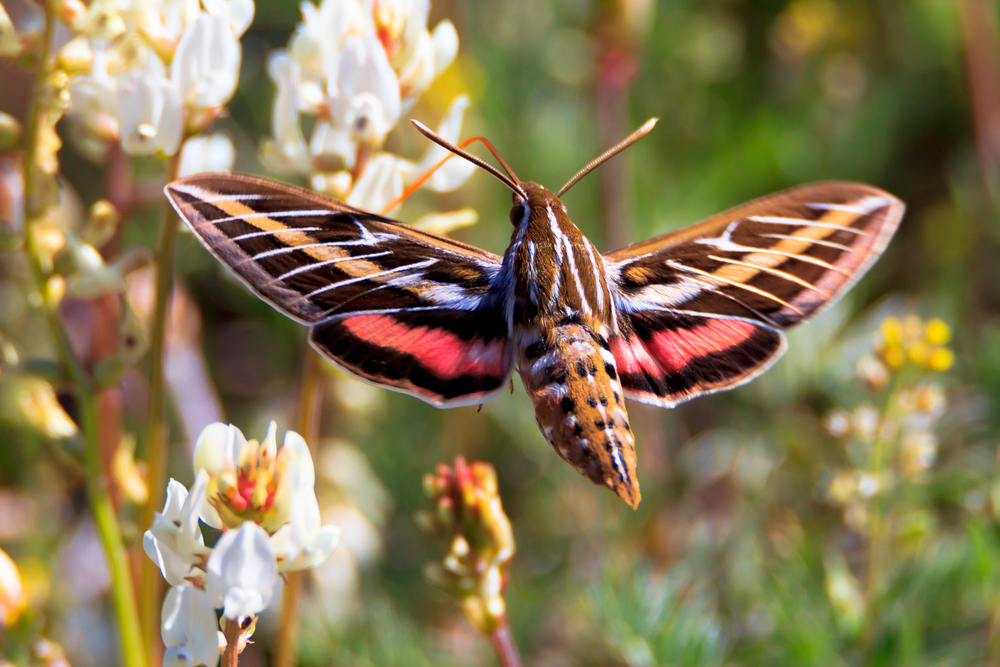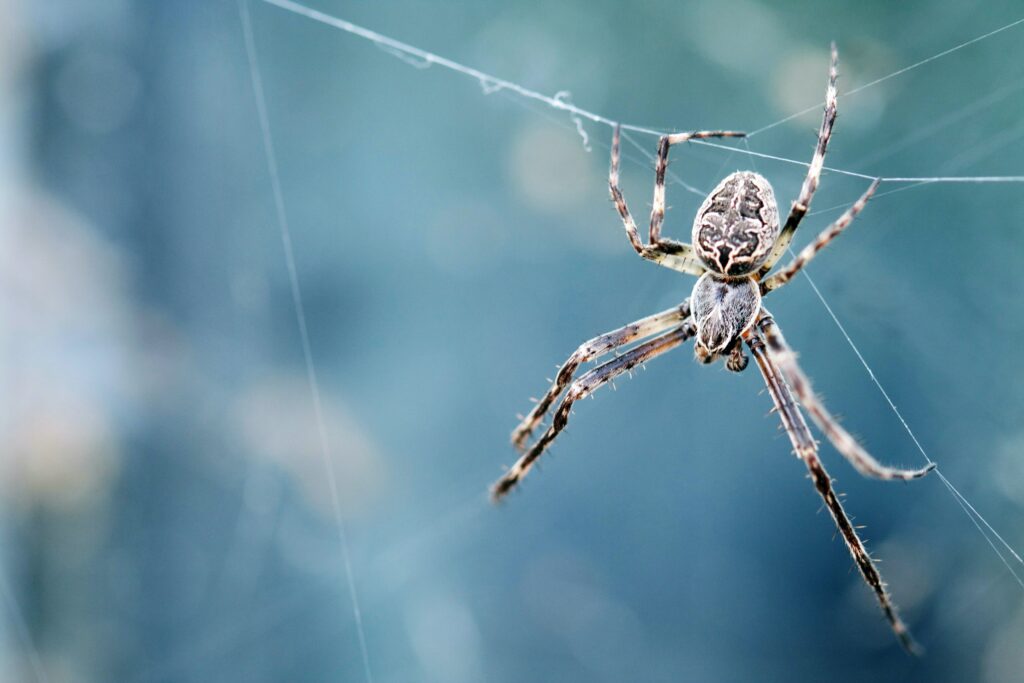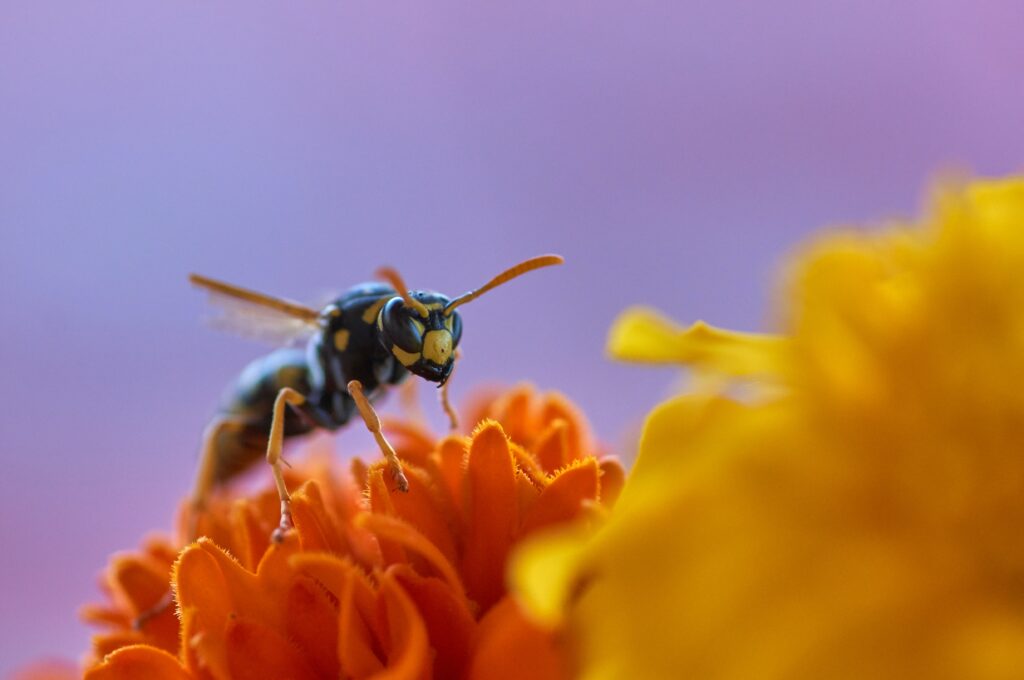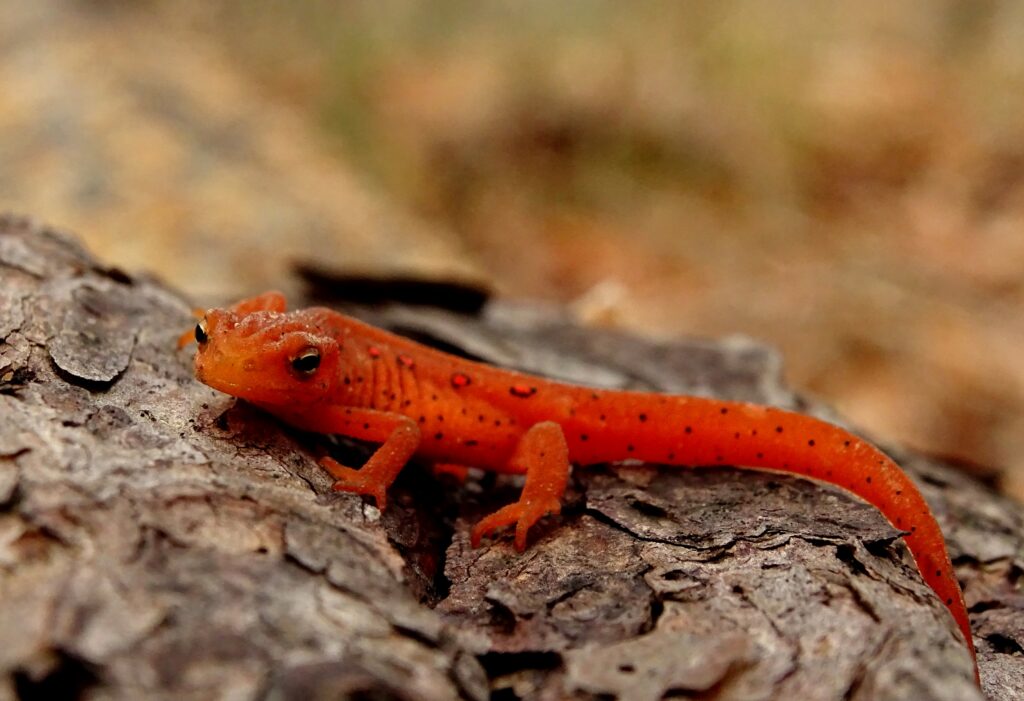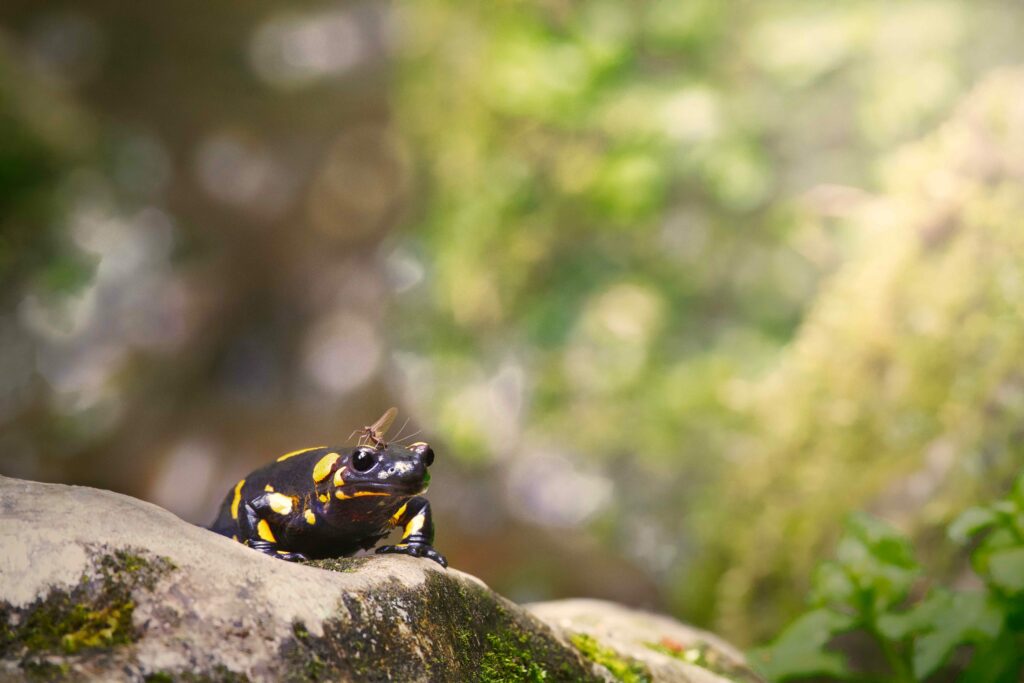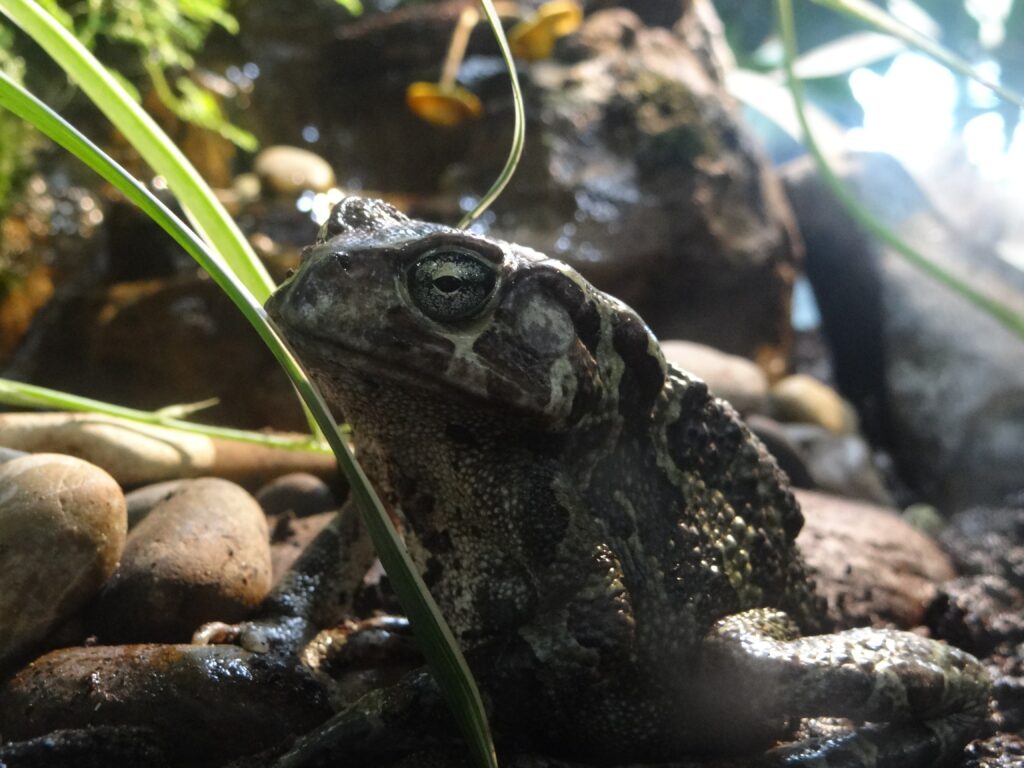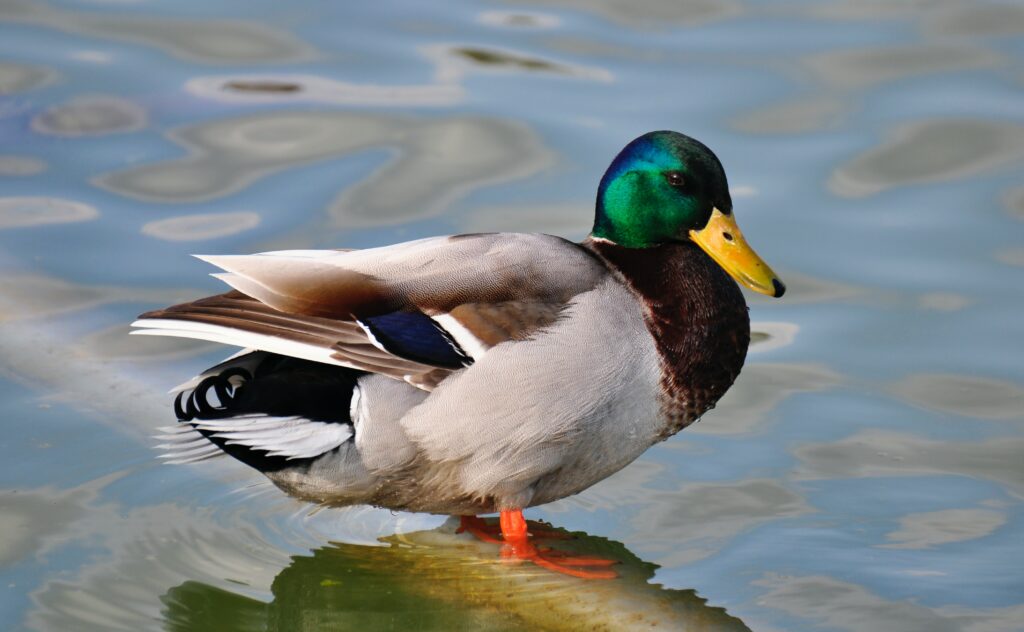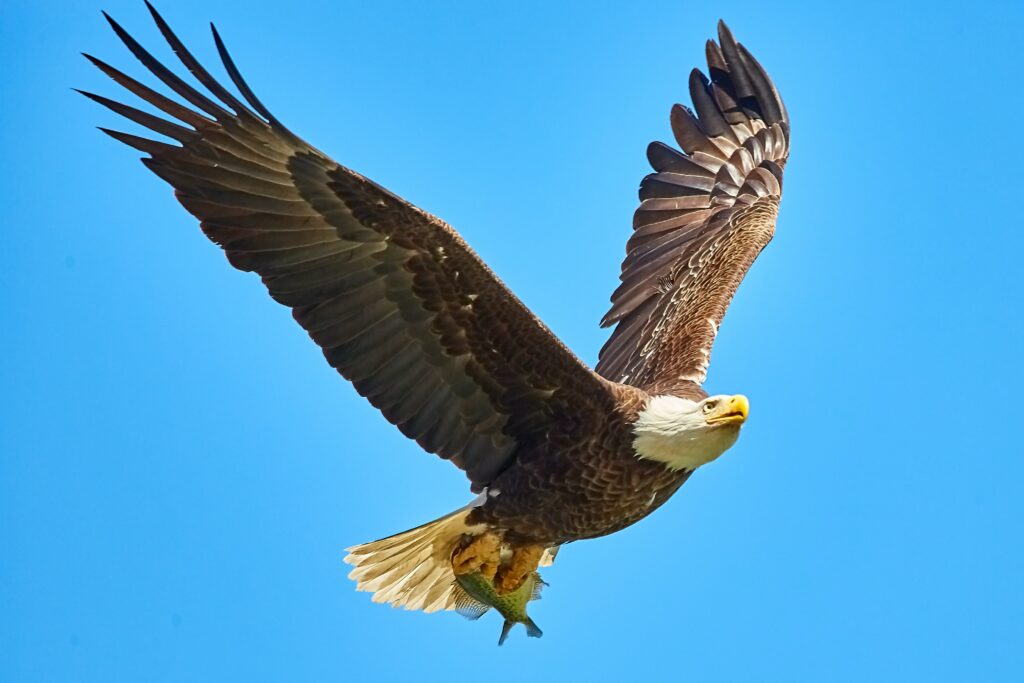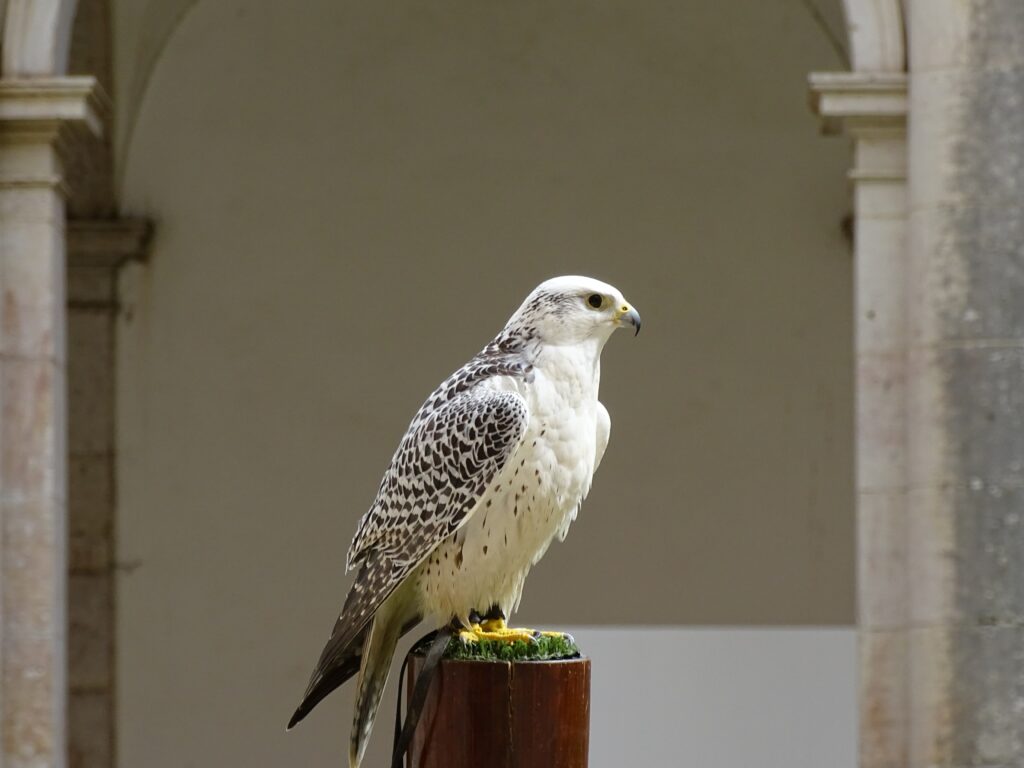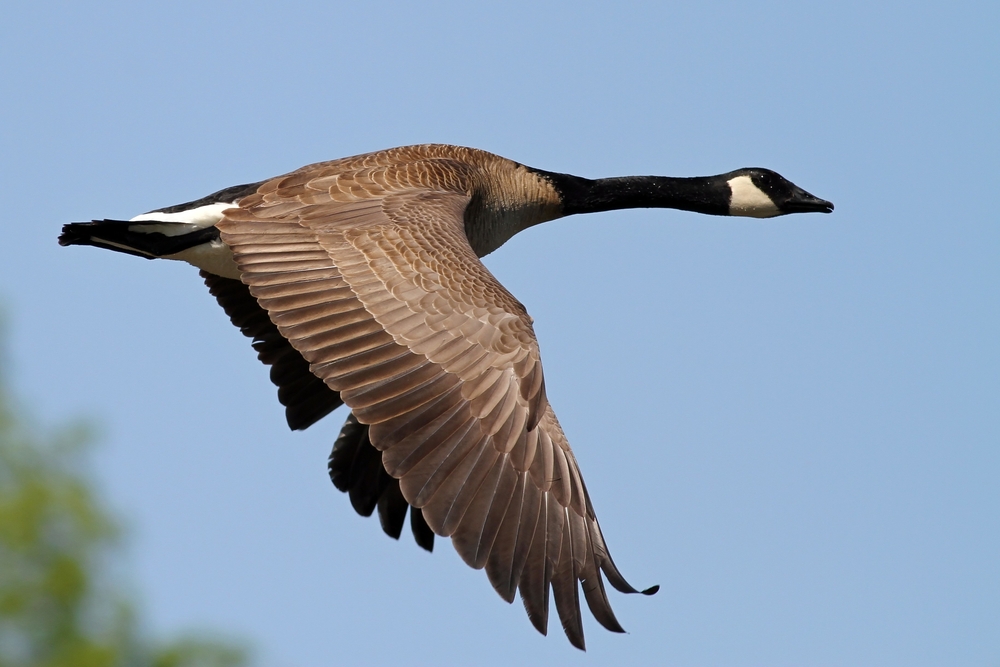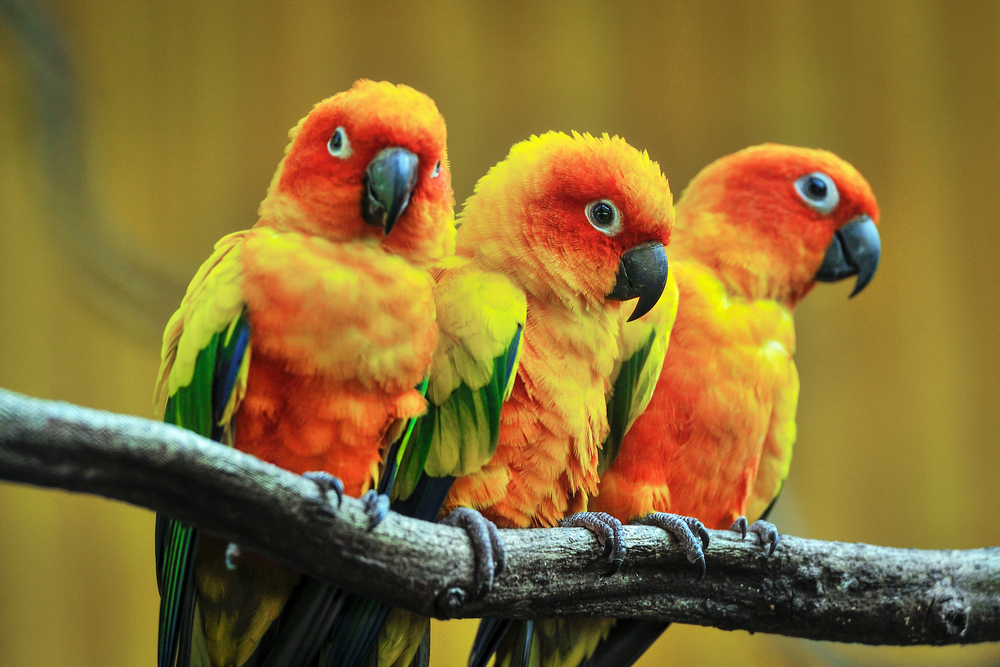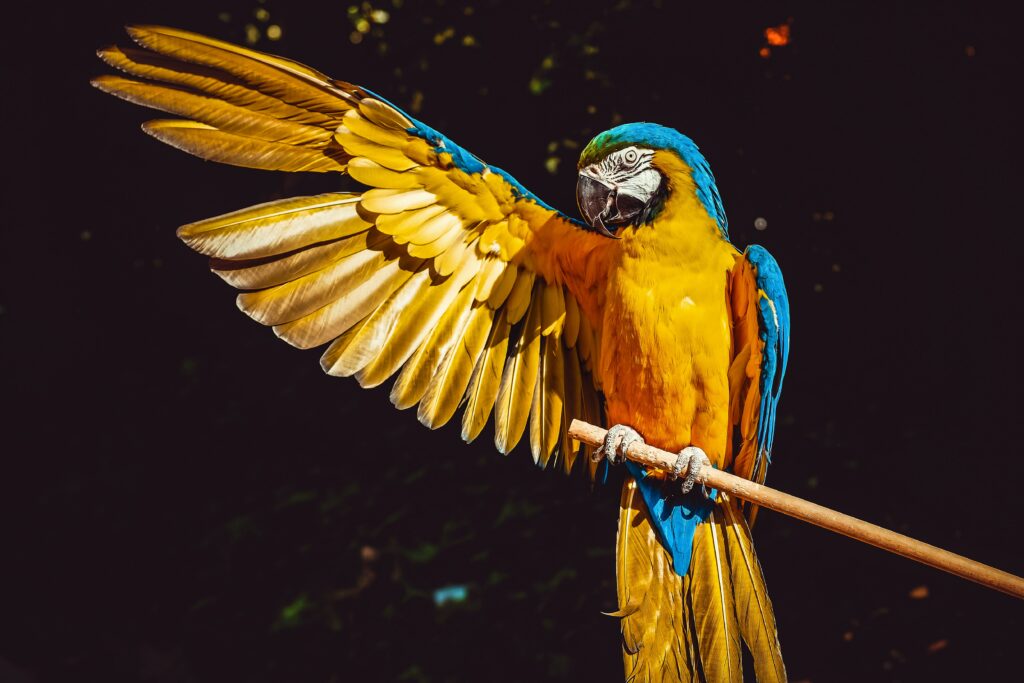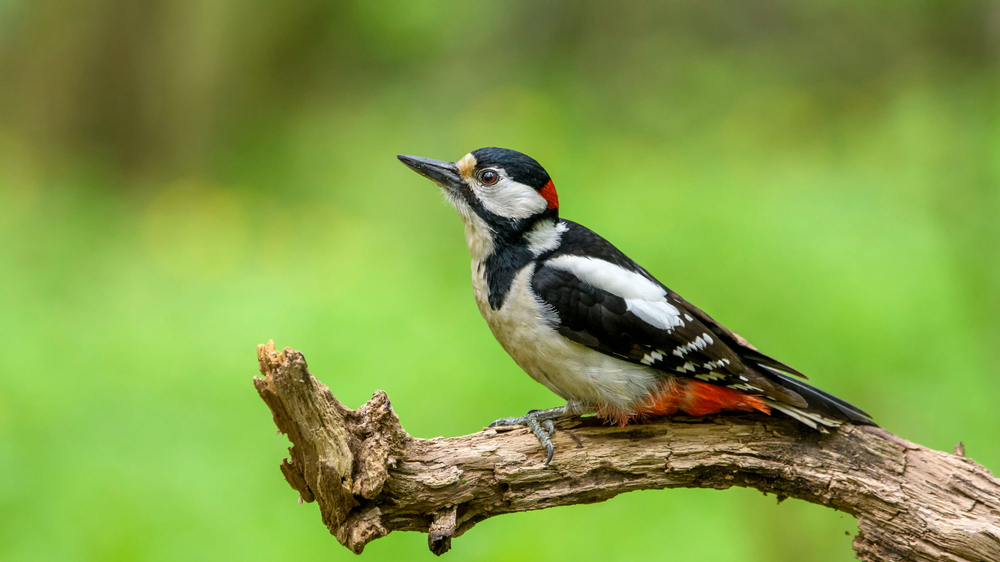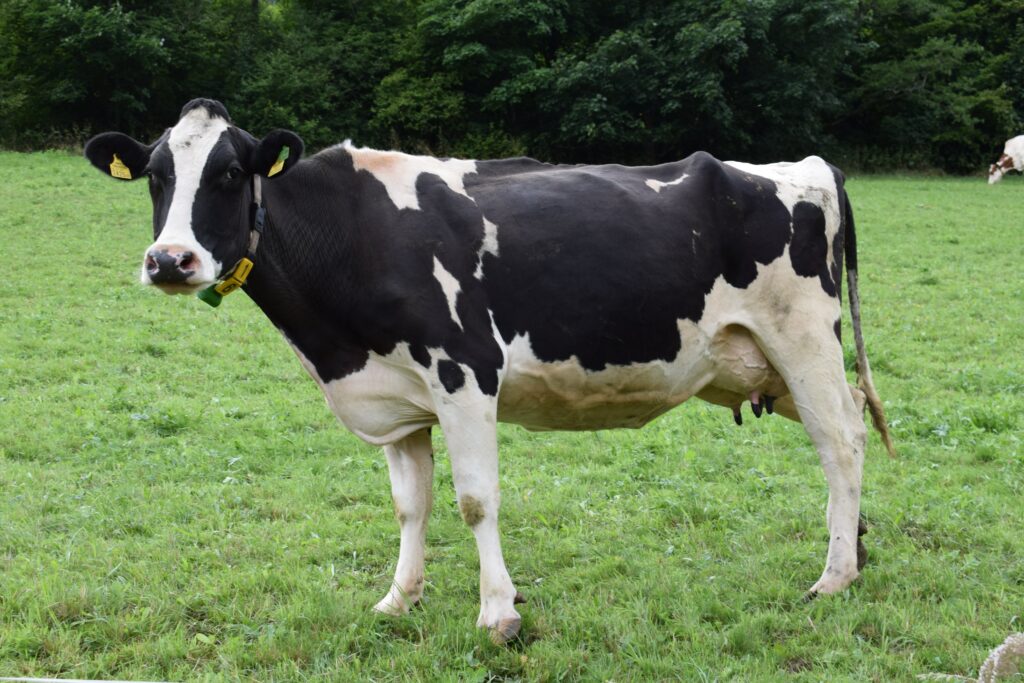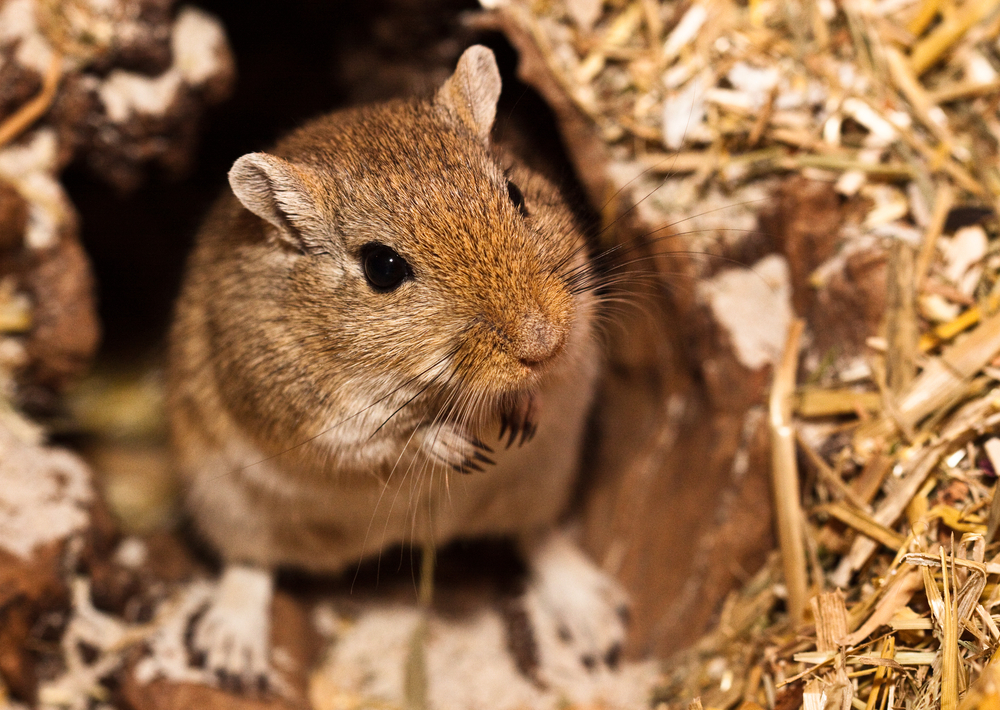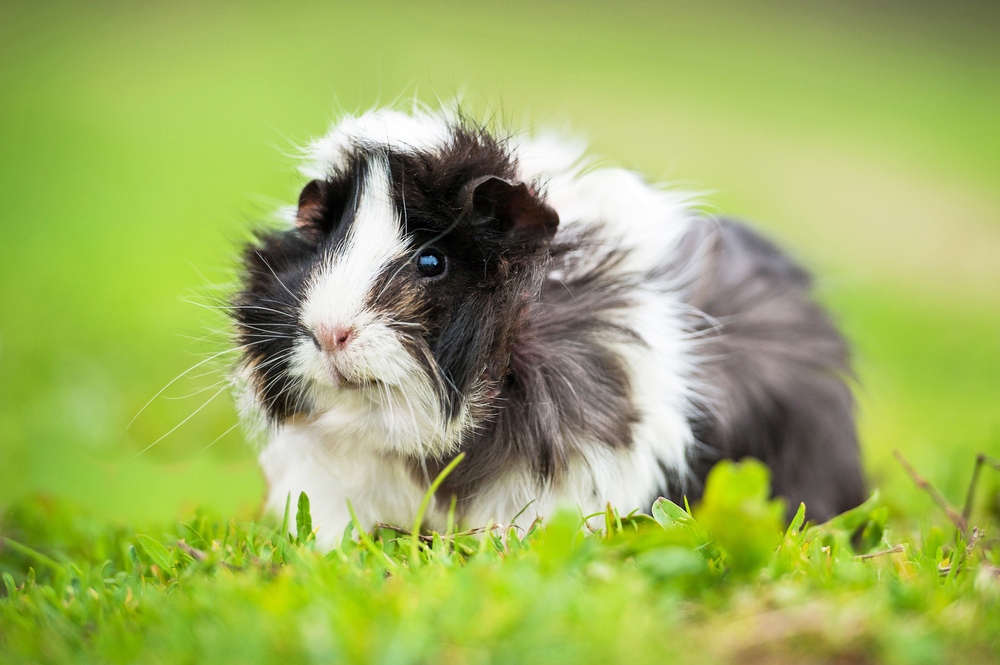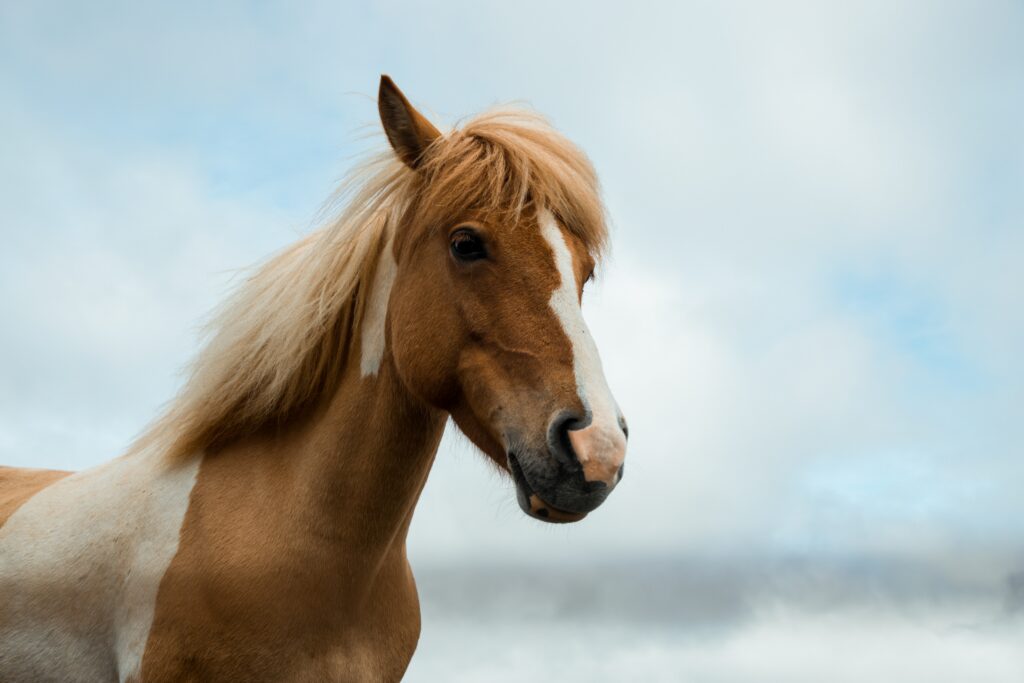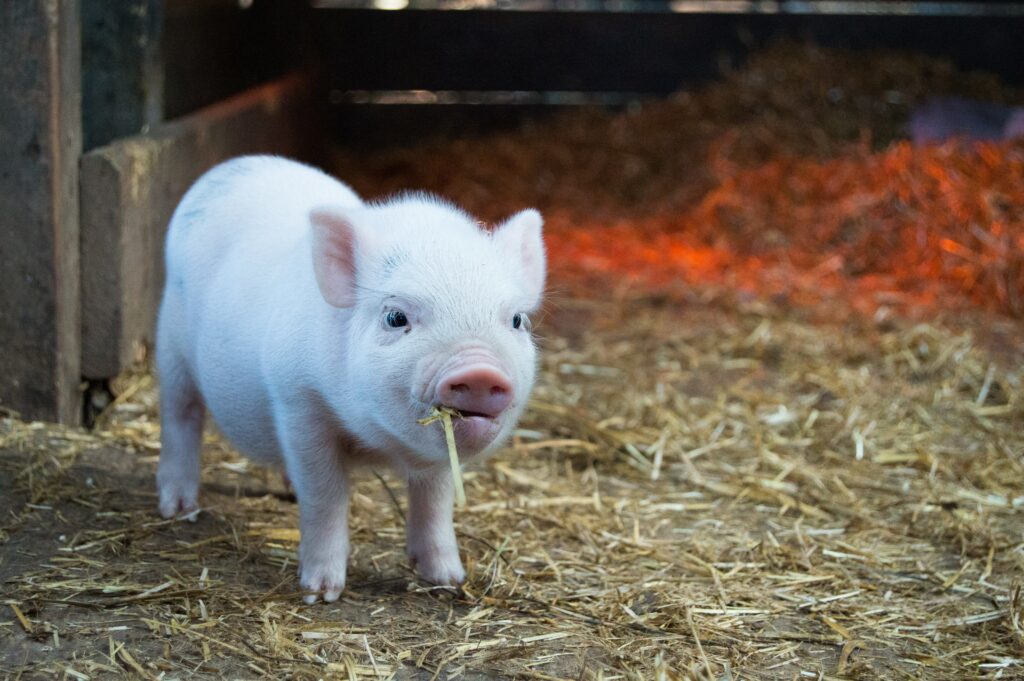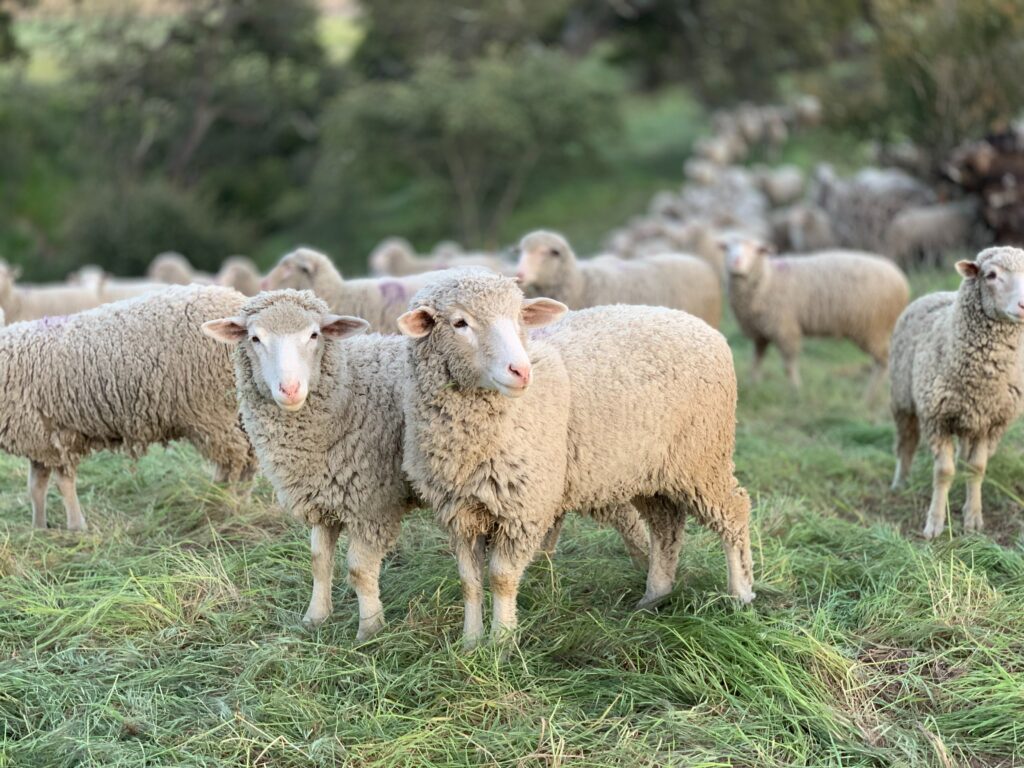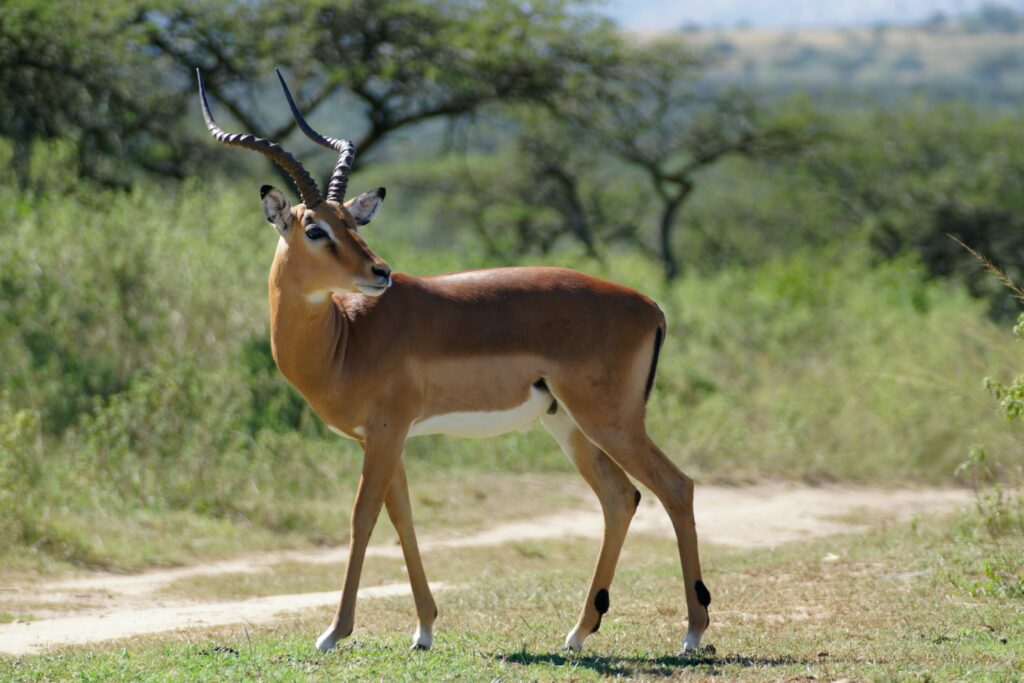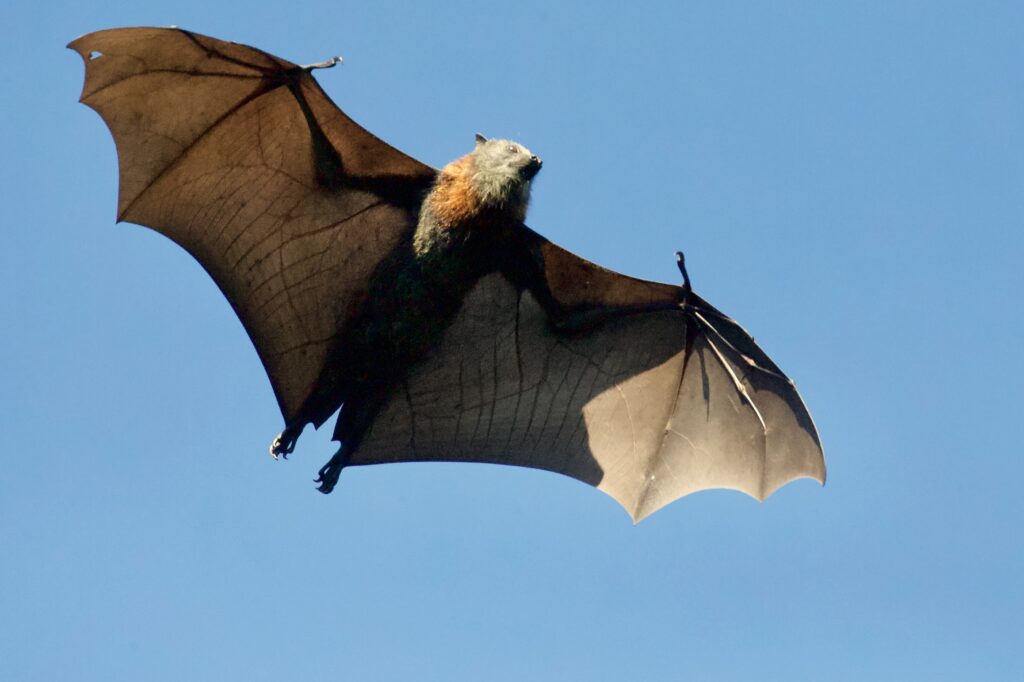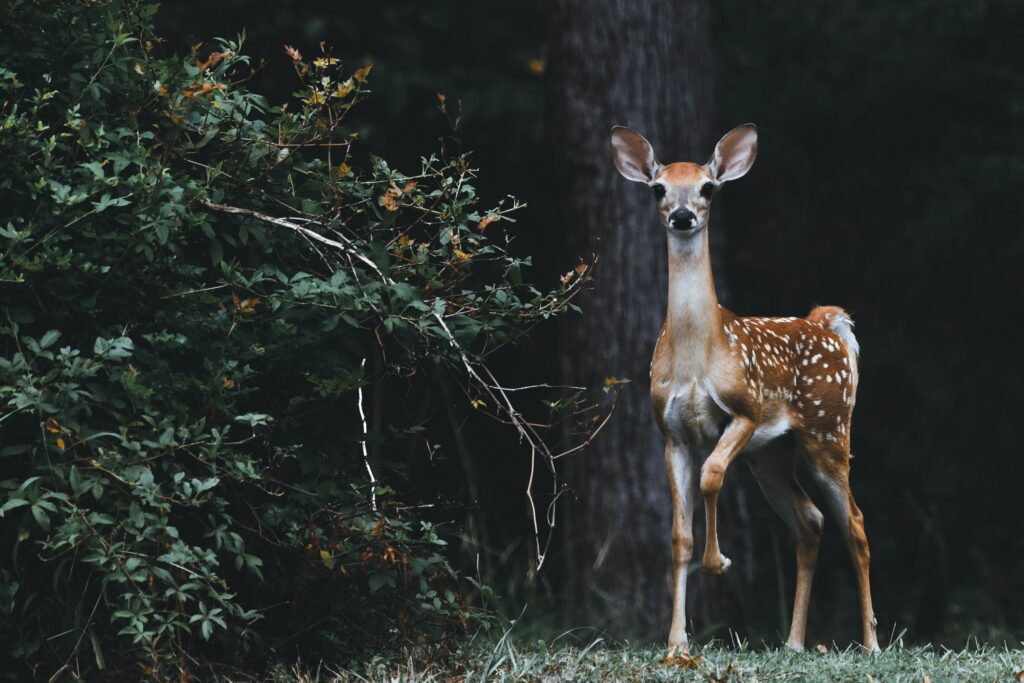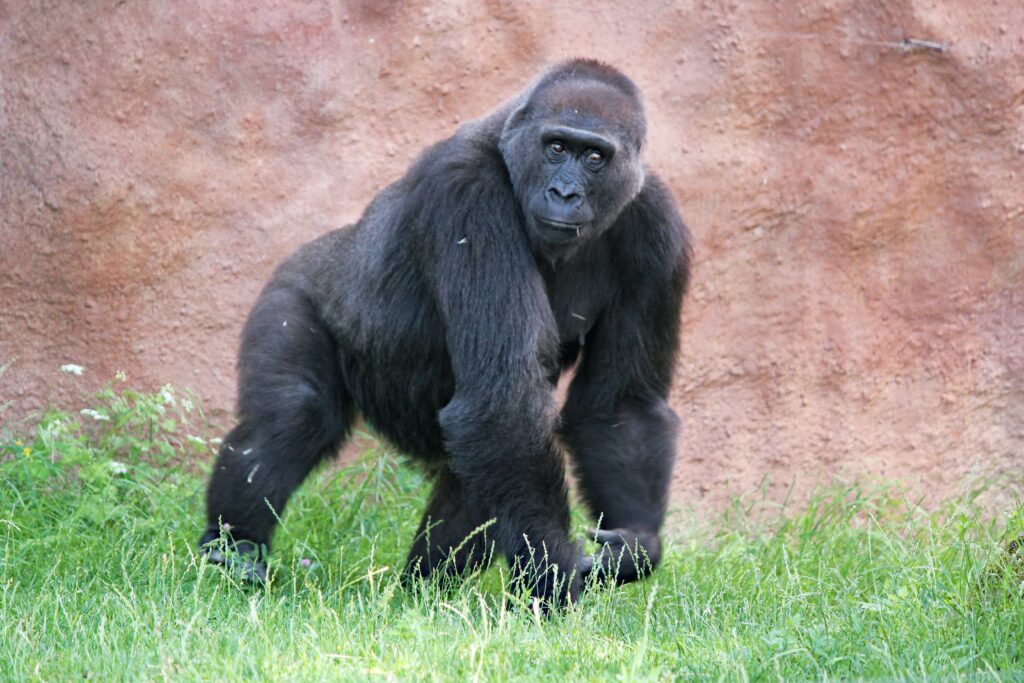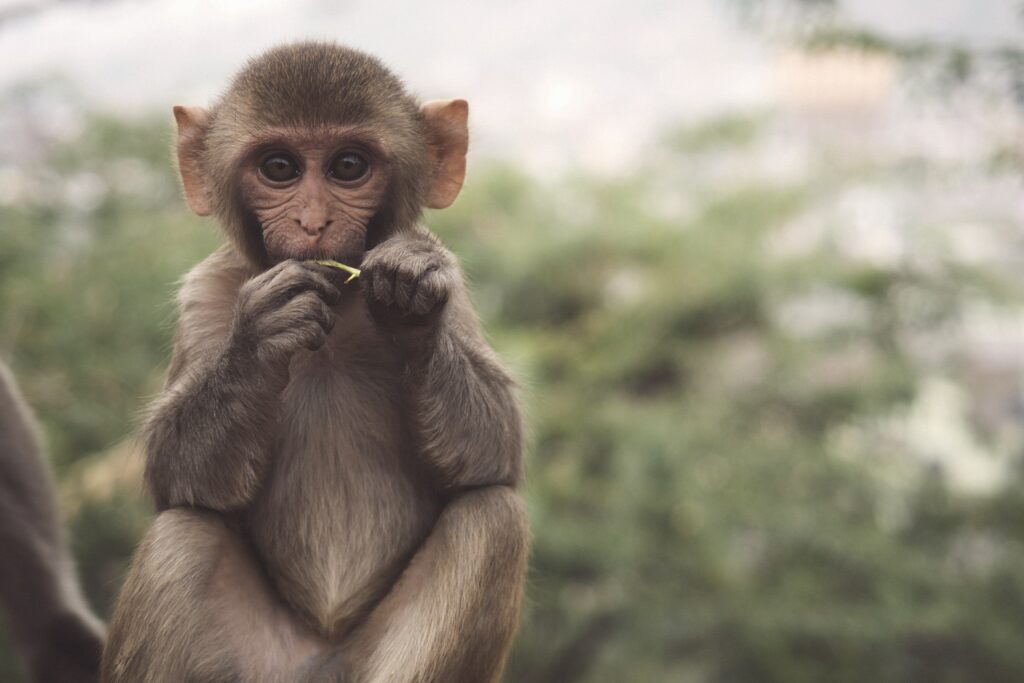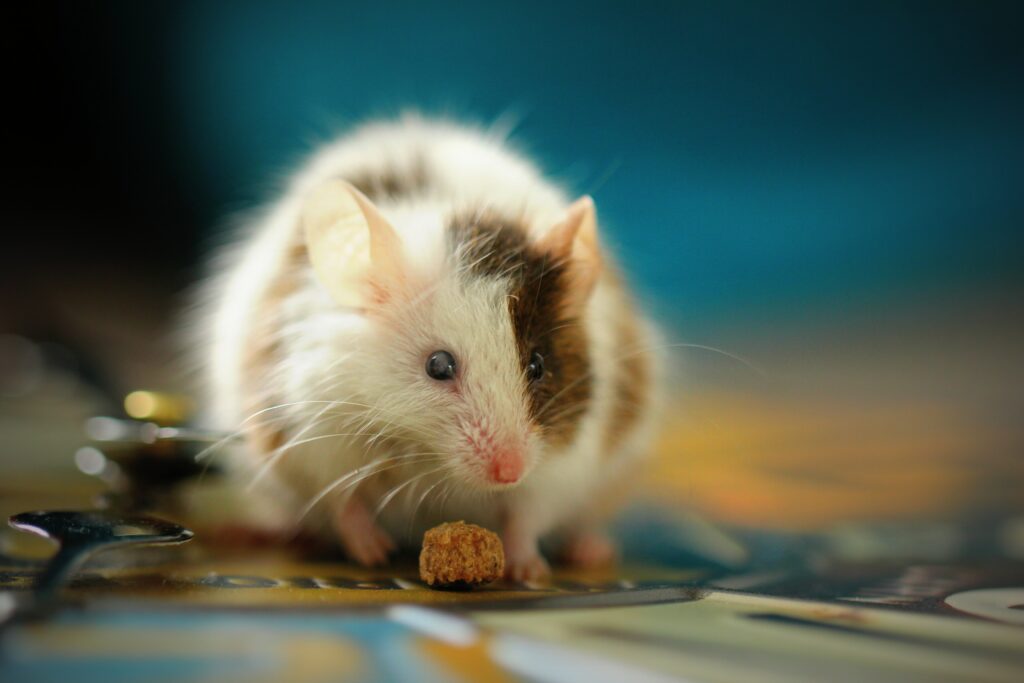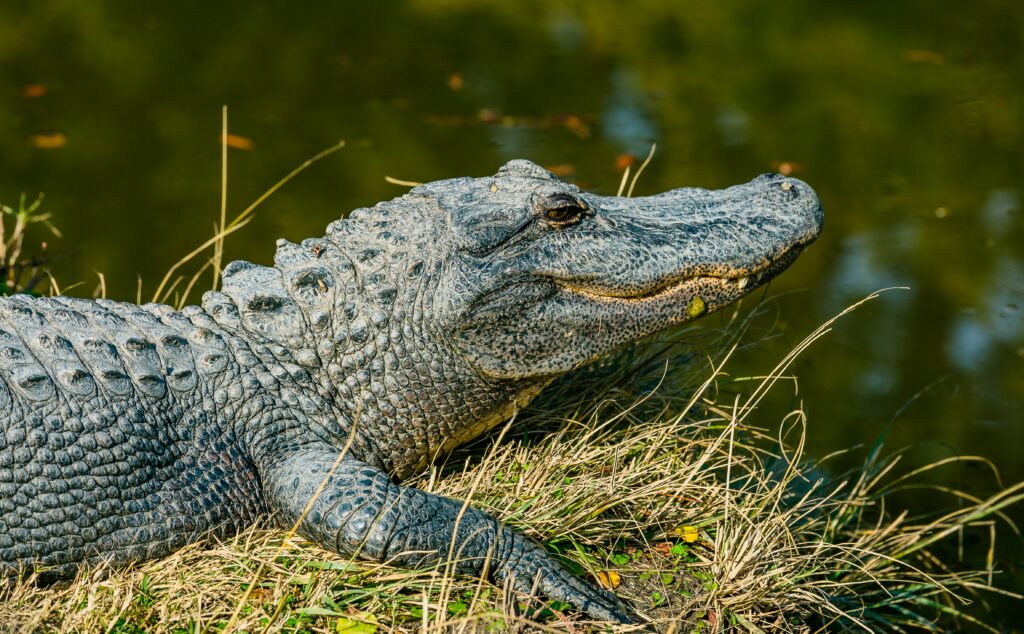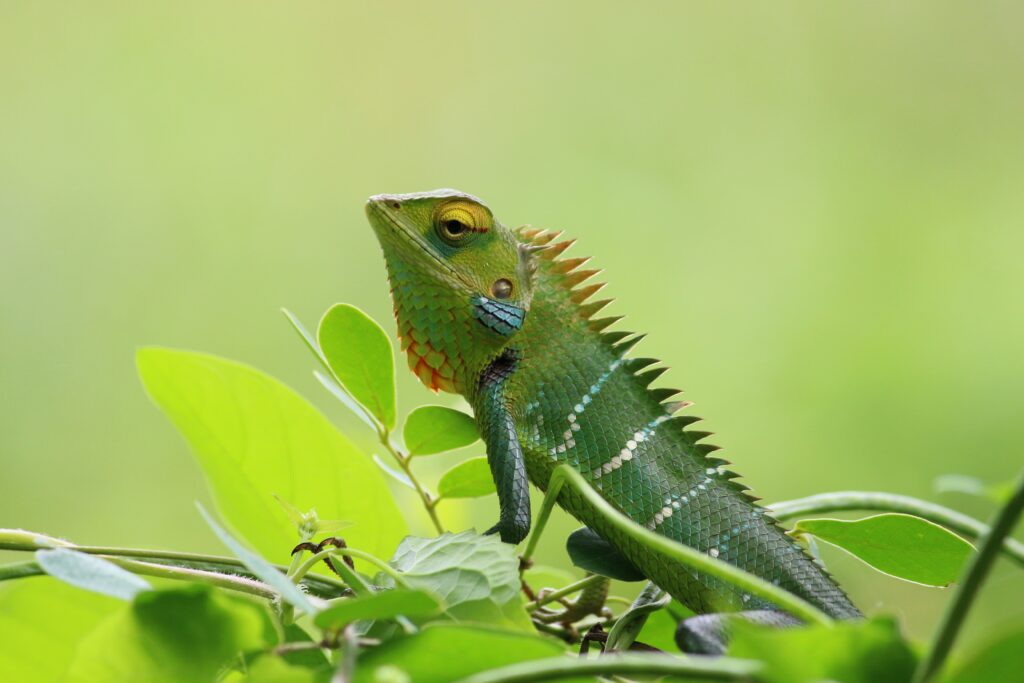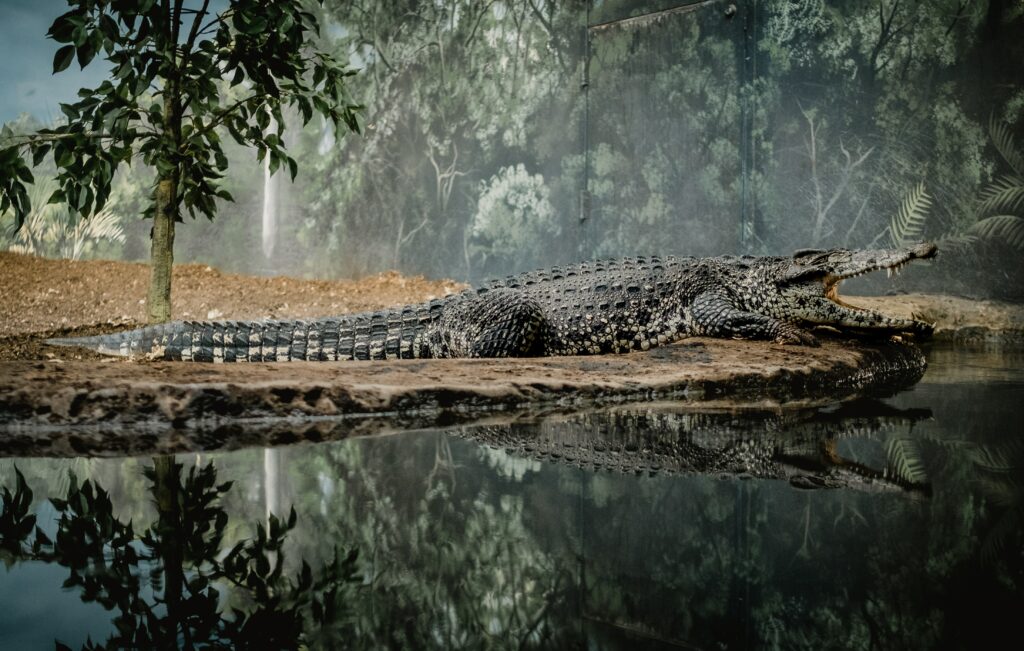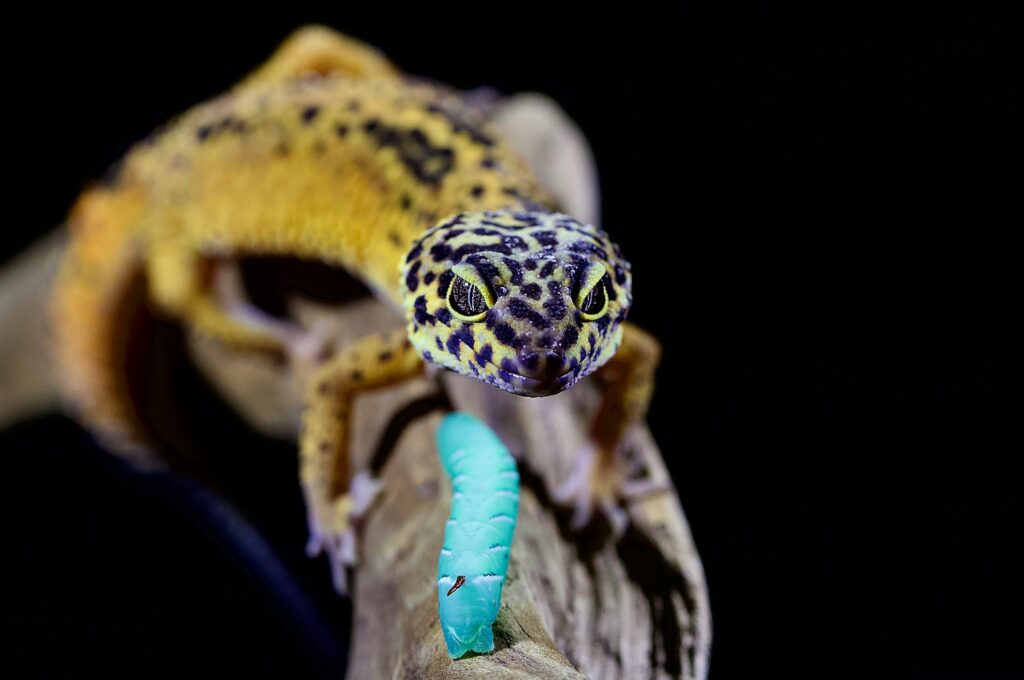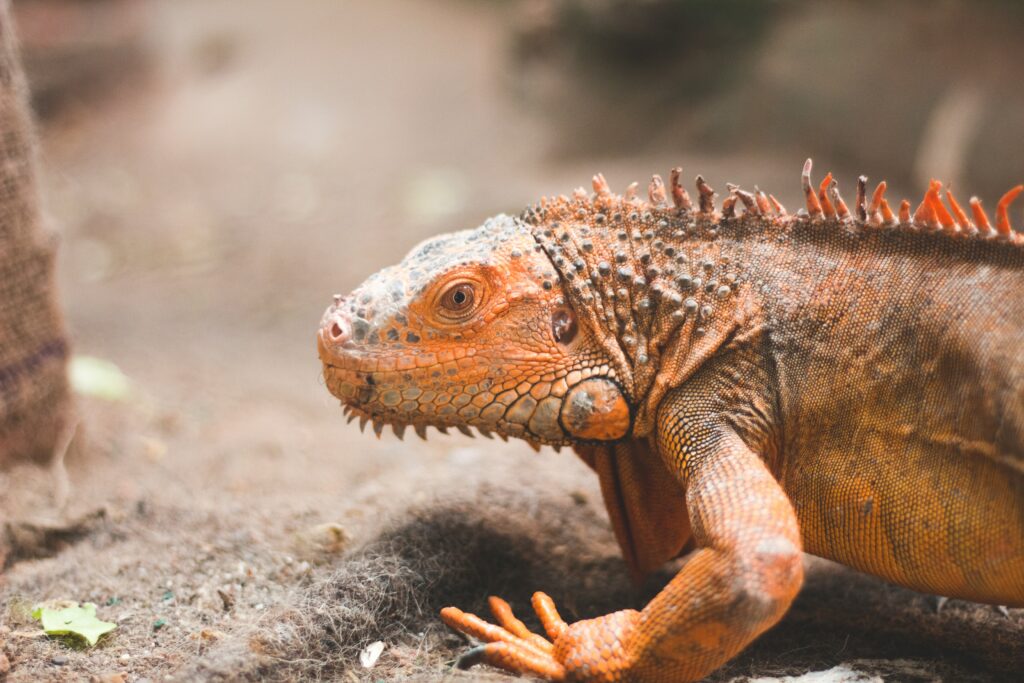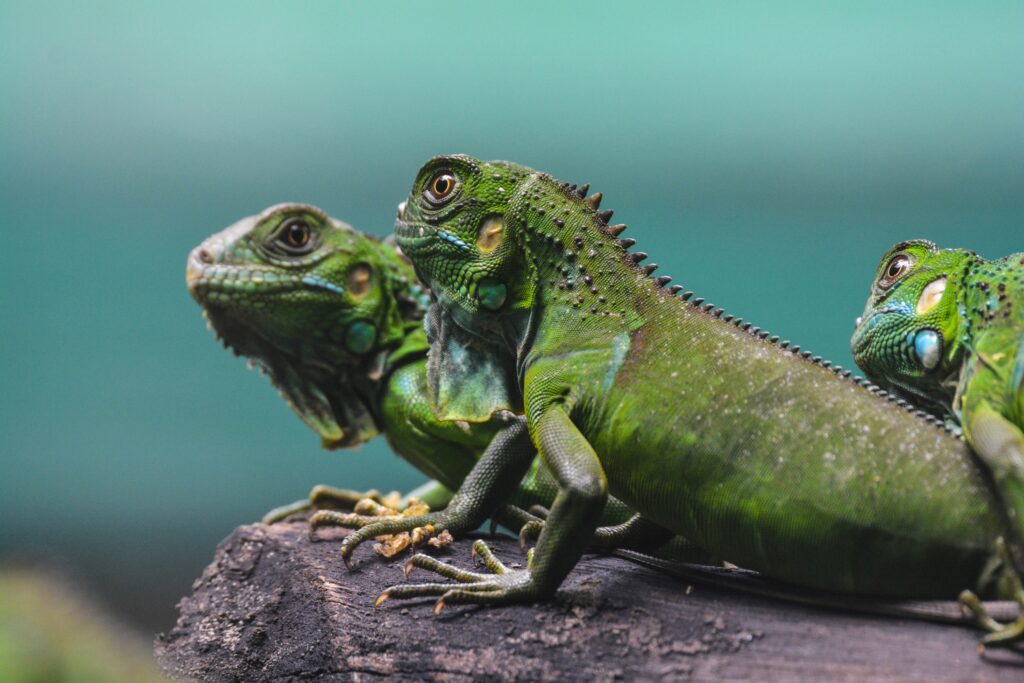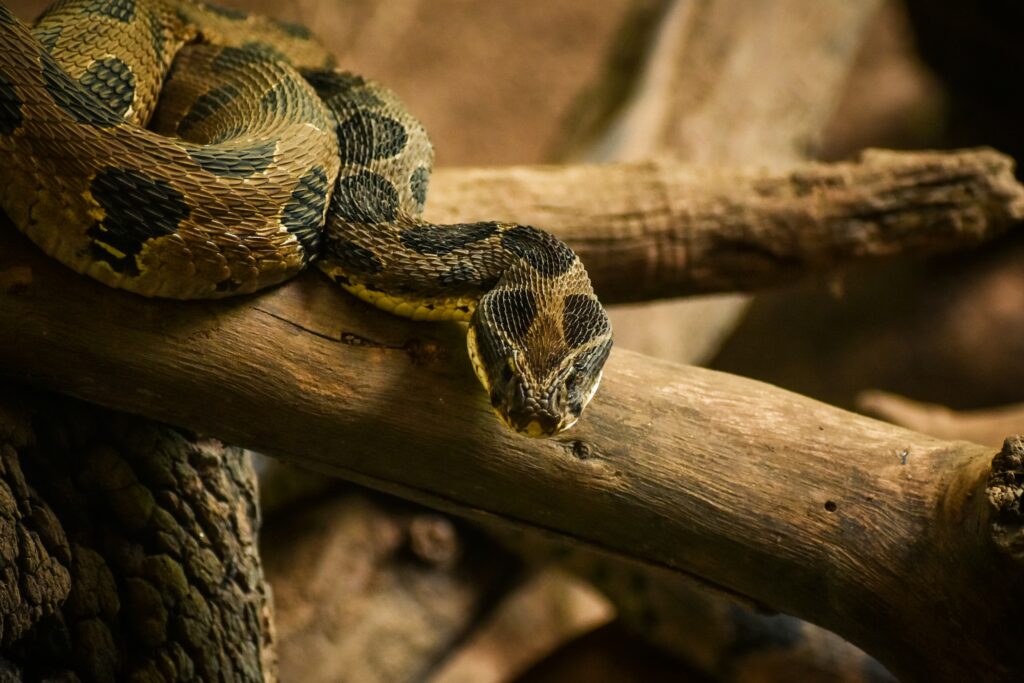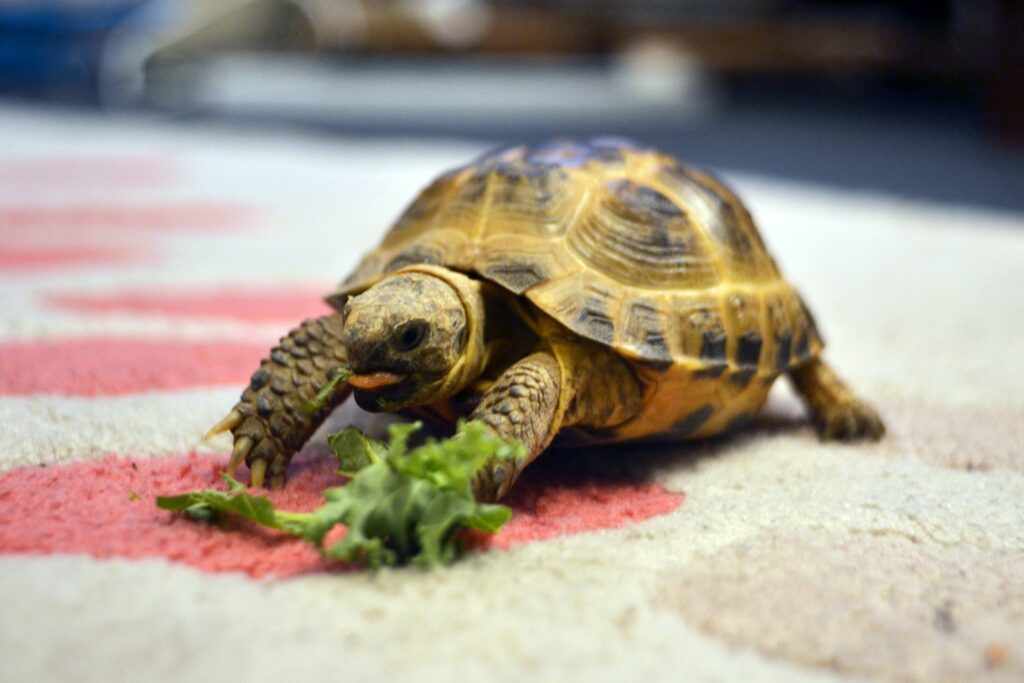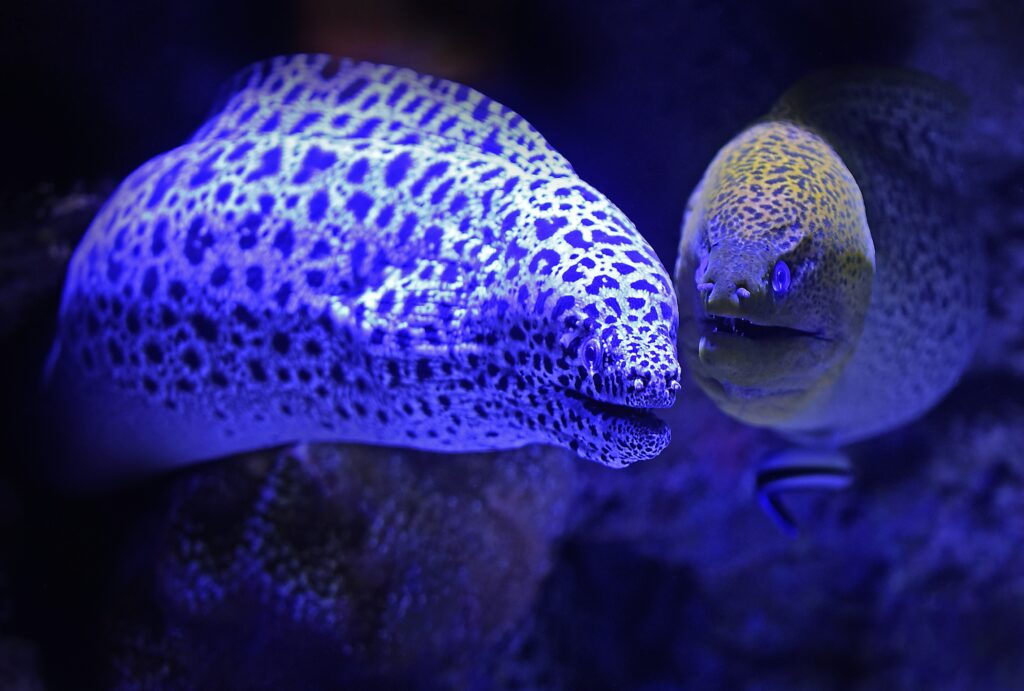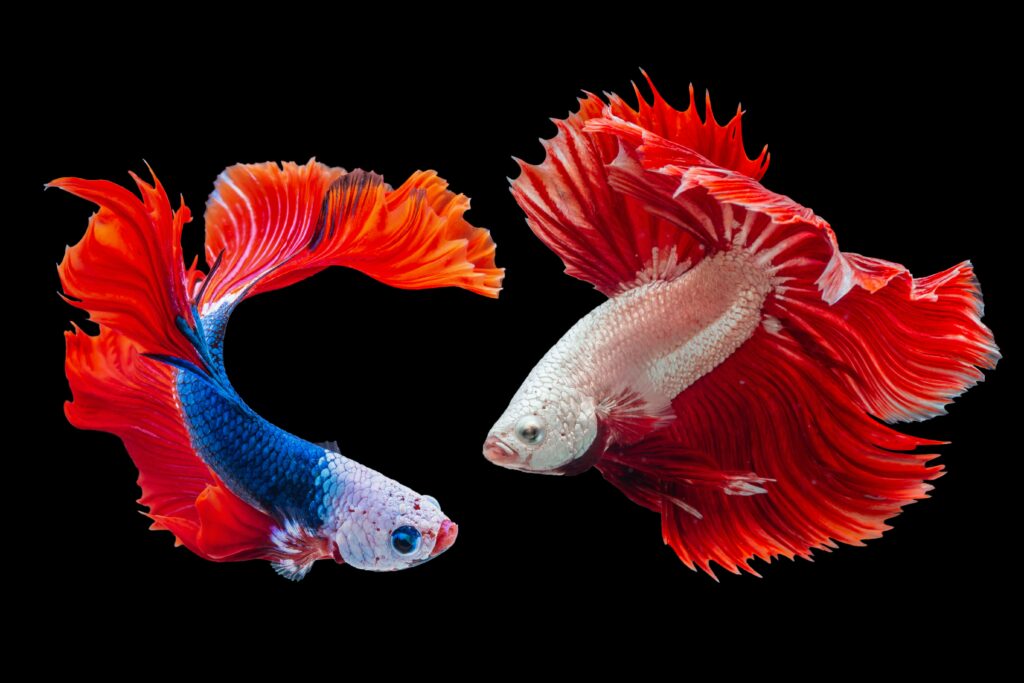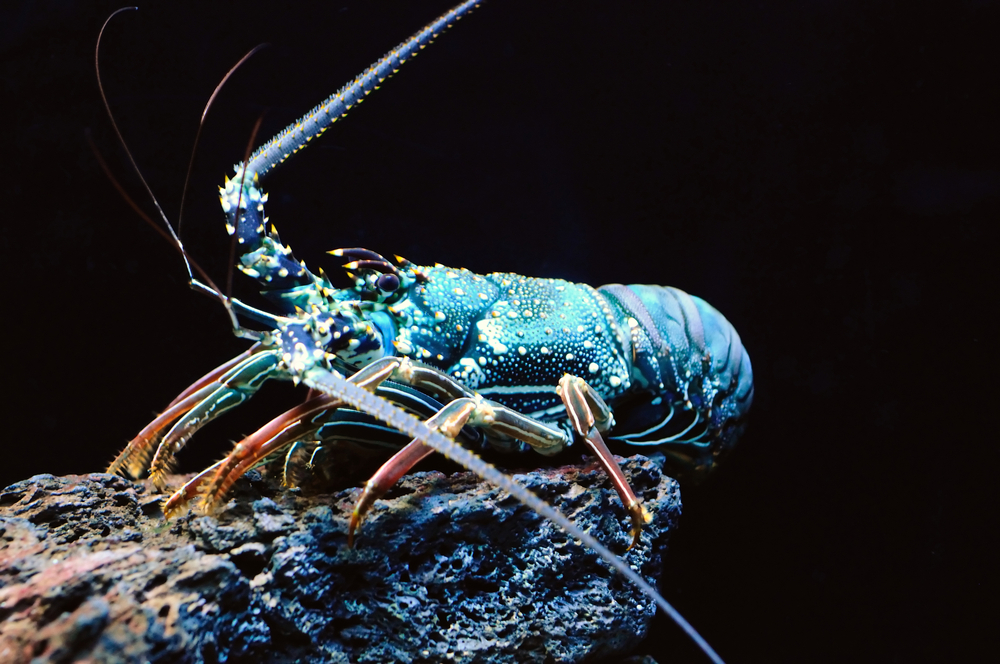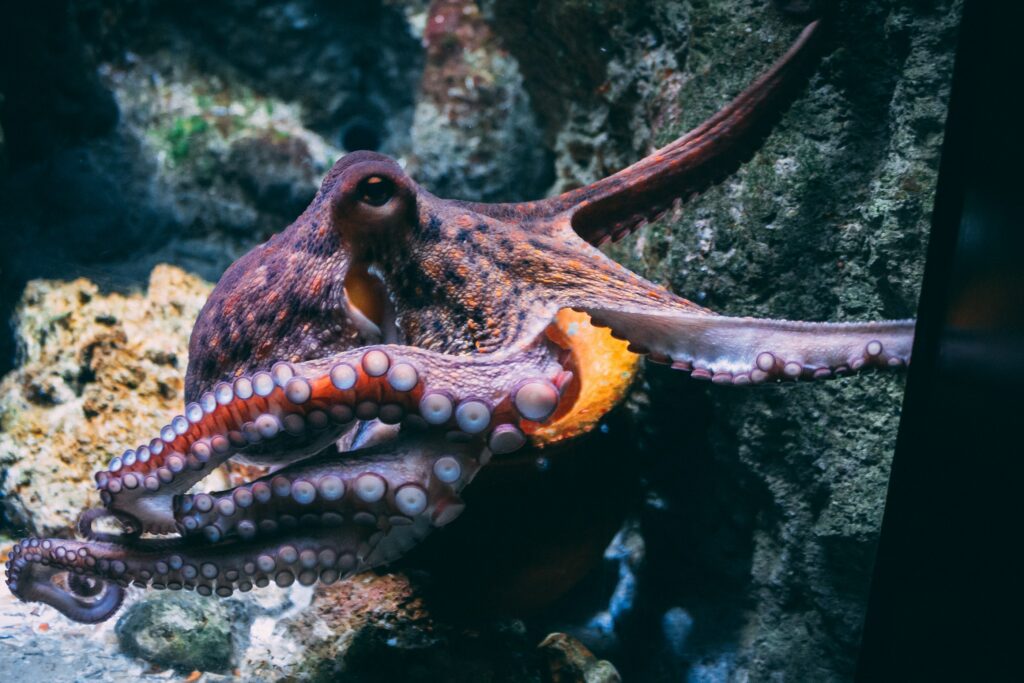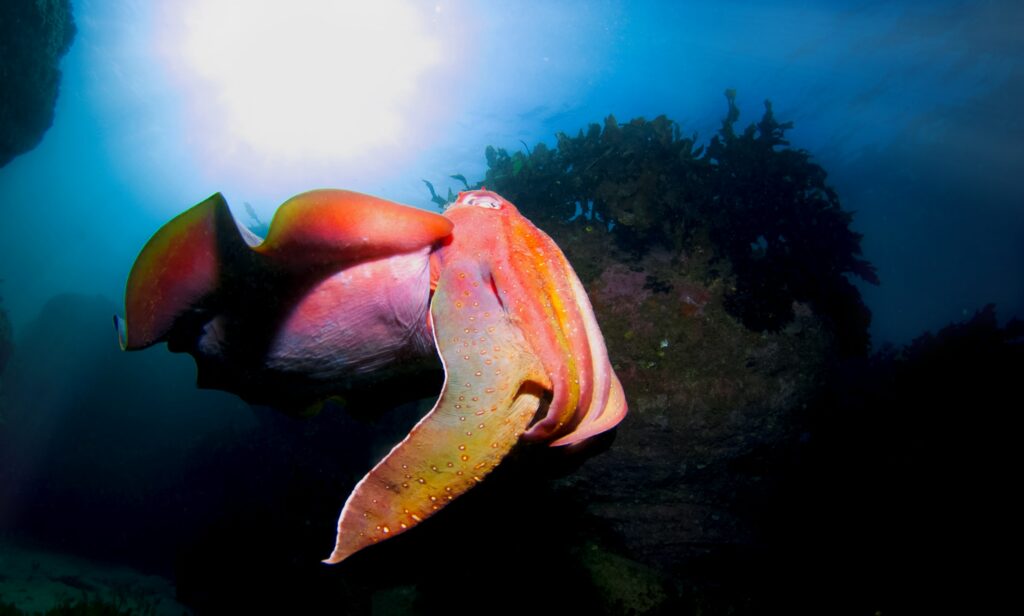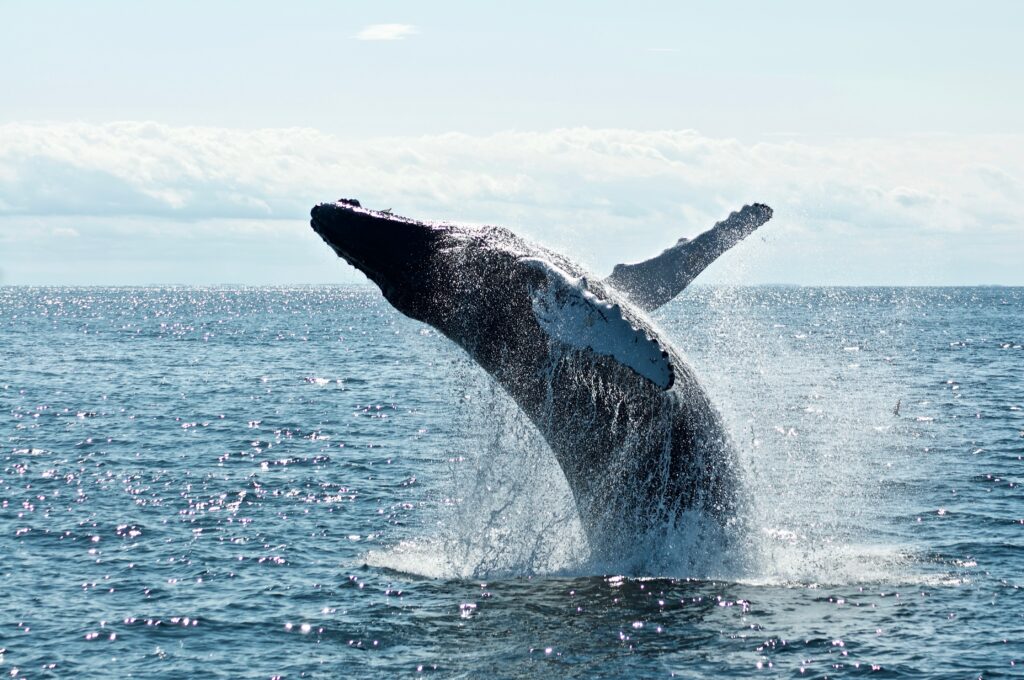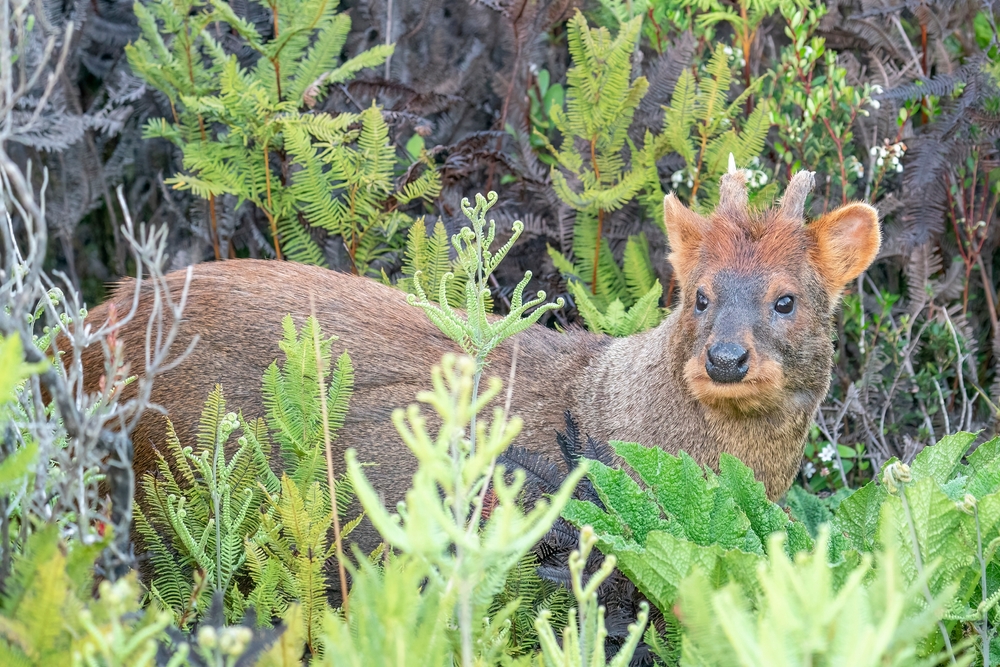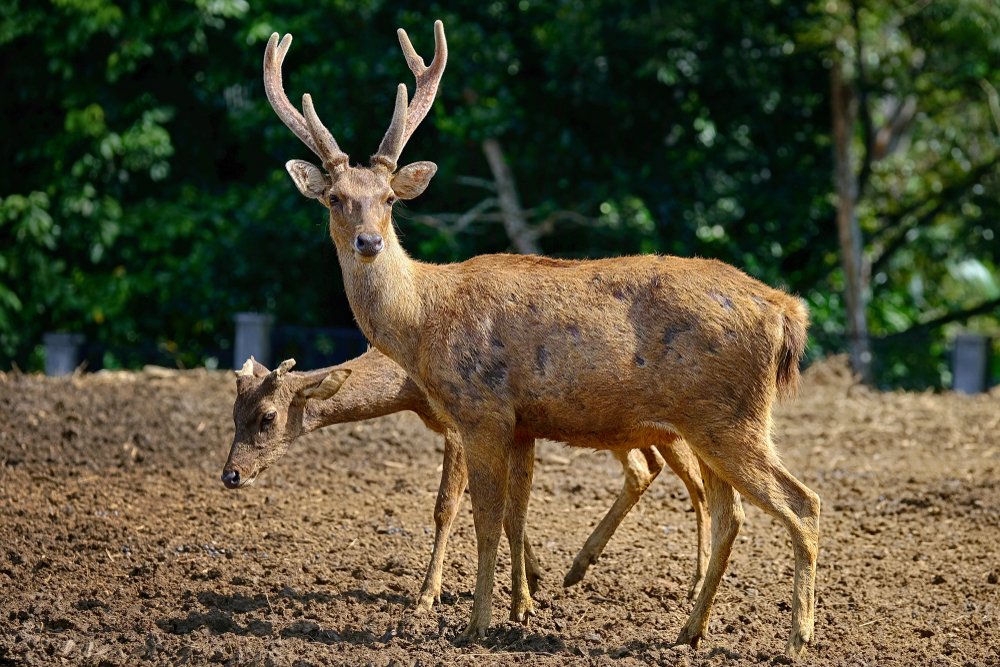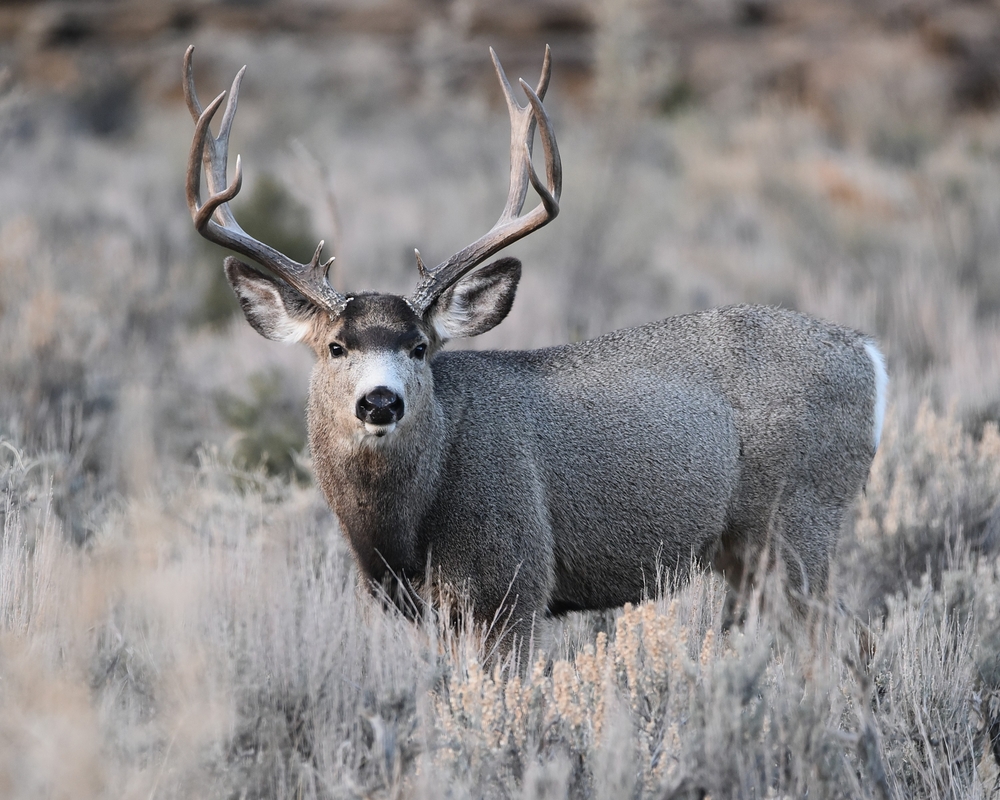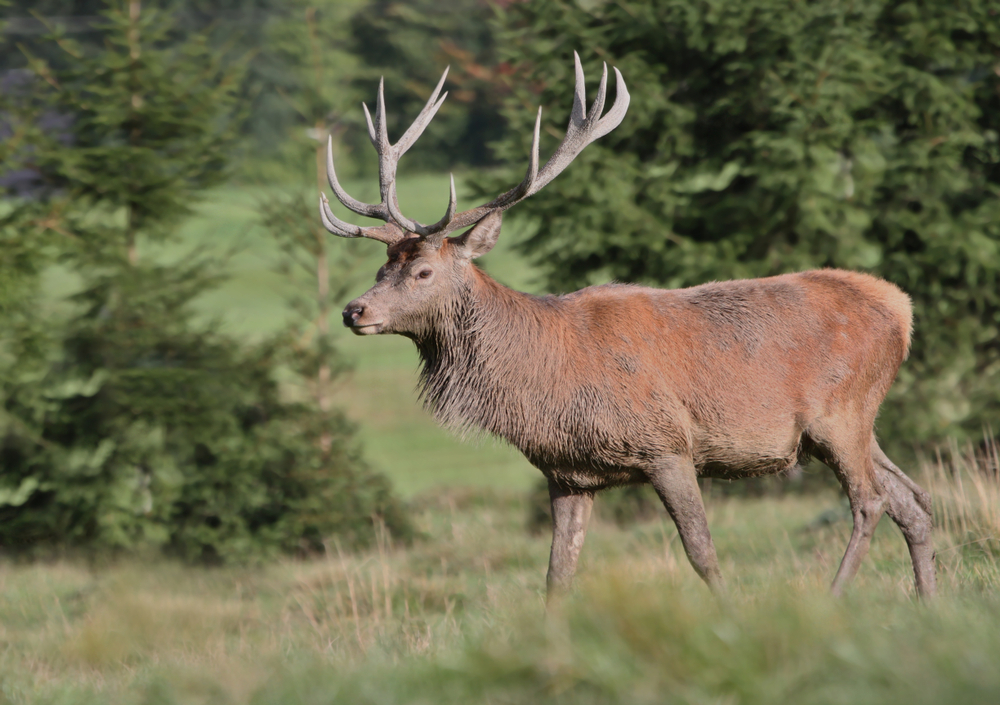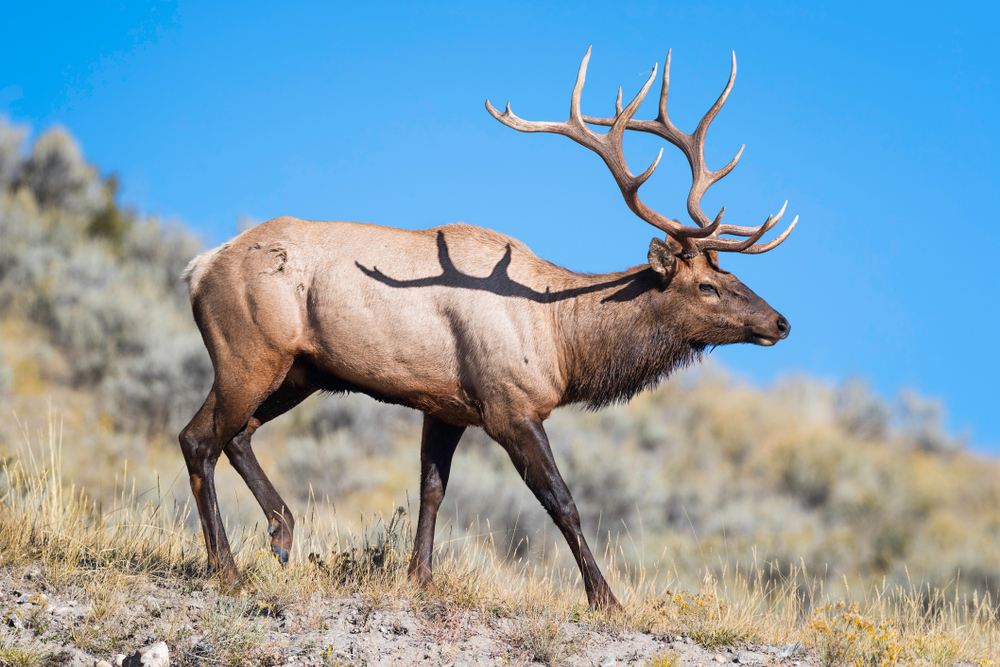Uniqueness
The Chilean Pudu, also known as the Southern Pudu, is a truly remarkable species, known not only for its miniature stature but also for its elusive behavior, ecological role, and conservation importance. As one of the smallest deer in the world, it holds a special place in South America’s biodiversity. Below is a structured summary in the style of the AK Uniqueness document:
World’s Second Smallest Deer:
The Chilean Pudu is the second smallest deer species globally, after the closely related Northern Pudu (Pudu mephistophiles). Adults stand just 12 to 18 inches (30 to 45 cm) tall at the shoulder and rarely weigh more than 29 pounds (13 kg).
Elusive Forest Specialist:
Pudus are secretive and solitary, relying on dense temperate forest undergrowth for cover. Their small size and reclusive behavior make them extremely difficult to observe in the wild, adding to their mystique and scientific value.
Adapted to Dense Undergrowth:
With short legs, a compact body, and a low center of gravity, the pudu is built for maneuvering through thick forest floor vegetation. Its ability to silently dart through bramble and bamboo thickets gives it a natural escape advantage despite its small size.
Minimal Antlers:
Unlike many other deer species, male pudus grow tiny, unbranched antlers—typically only 2 to 3 inches long. These serve a limited role in defense or combat and are likely more symbolic in territorial displays.
Silent Communicator:
The Chilean Pudu is remarkably quiet, using body posture and scent marking more than vocalizations. It only emits soft grunts or bleats when alarmed or during mating interactions.
Unique to the Southern Andes:
Endemic to southern Chile and southwestern Argentina, the Chilean Pudu is confined to a narrow band of temperate Valdivian rainforest, making it a biogeographic treasure of the Southern Cone.
Conservation Symbol:
The pudu’s charm and rarity have made it an icon of Chilean wildlife conservation. It is featured in environmental education campaigns and has been listed as Near Threatened due to habitat loss, predation by domestic dogs, and vehicle collisions.
Ecological Role:
Despite its size, the pudu plays a vital role in seed dispersal, helping regenerate forest plant diversity. Its browsing helps shape the structure and species composition of understory vegetation.
The Chilean Pudu’s blend of miniature elegance, secretive behavior, and ecological importance makes it one of the most unique deer species in the world. Preserving its forest habitat is not only crucial for its survival but also for the health of the biodiverse ecosystems it inhabits.

